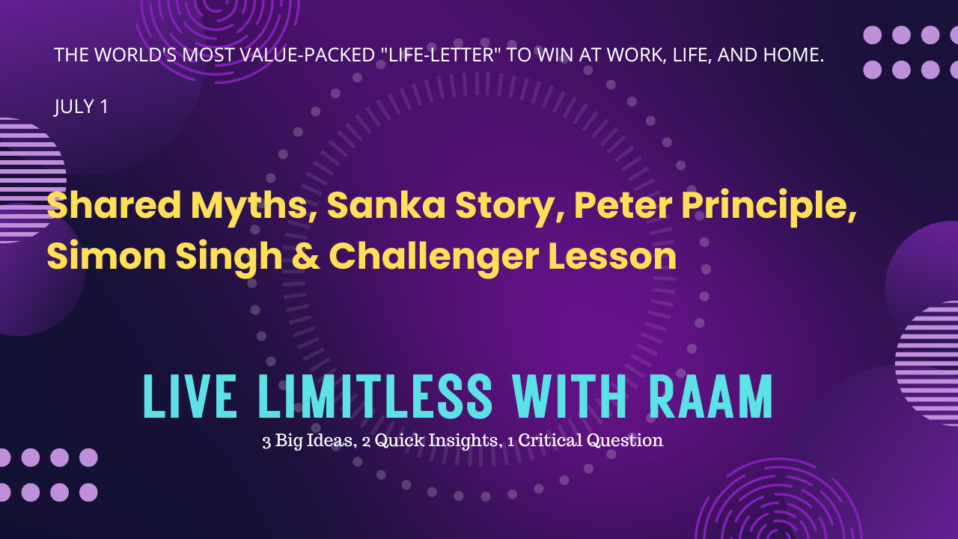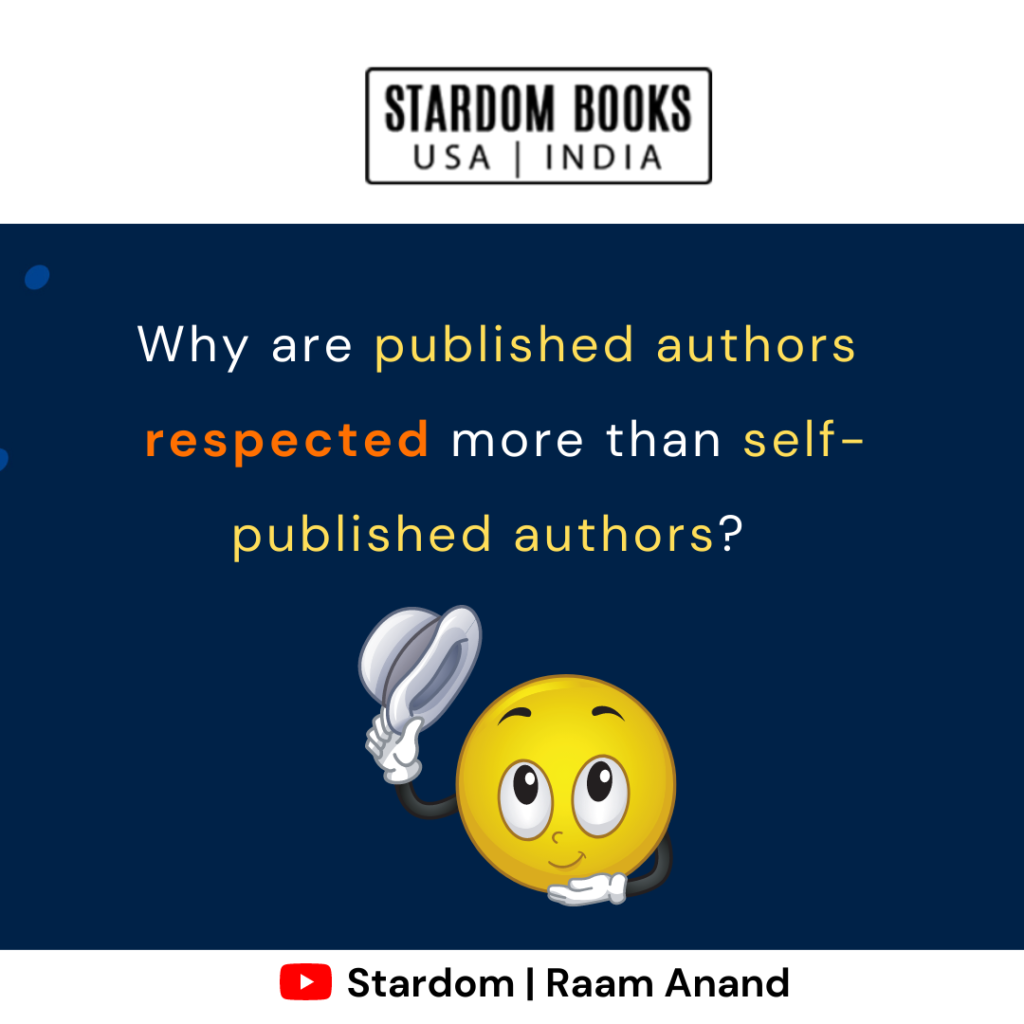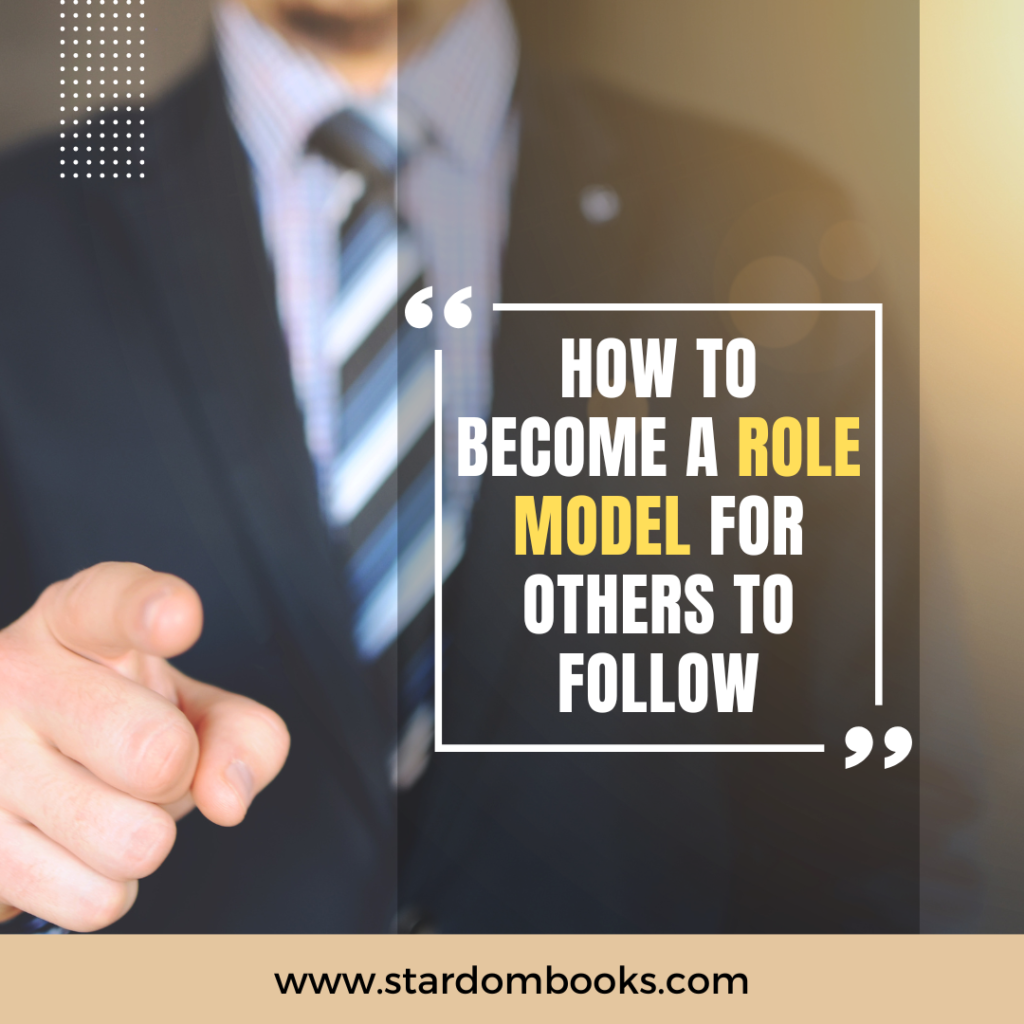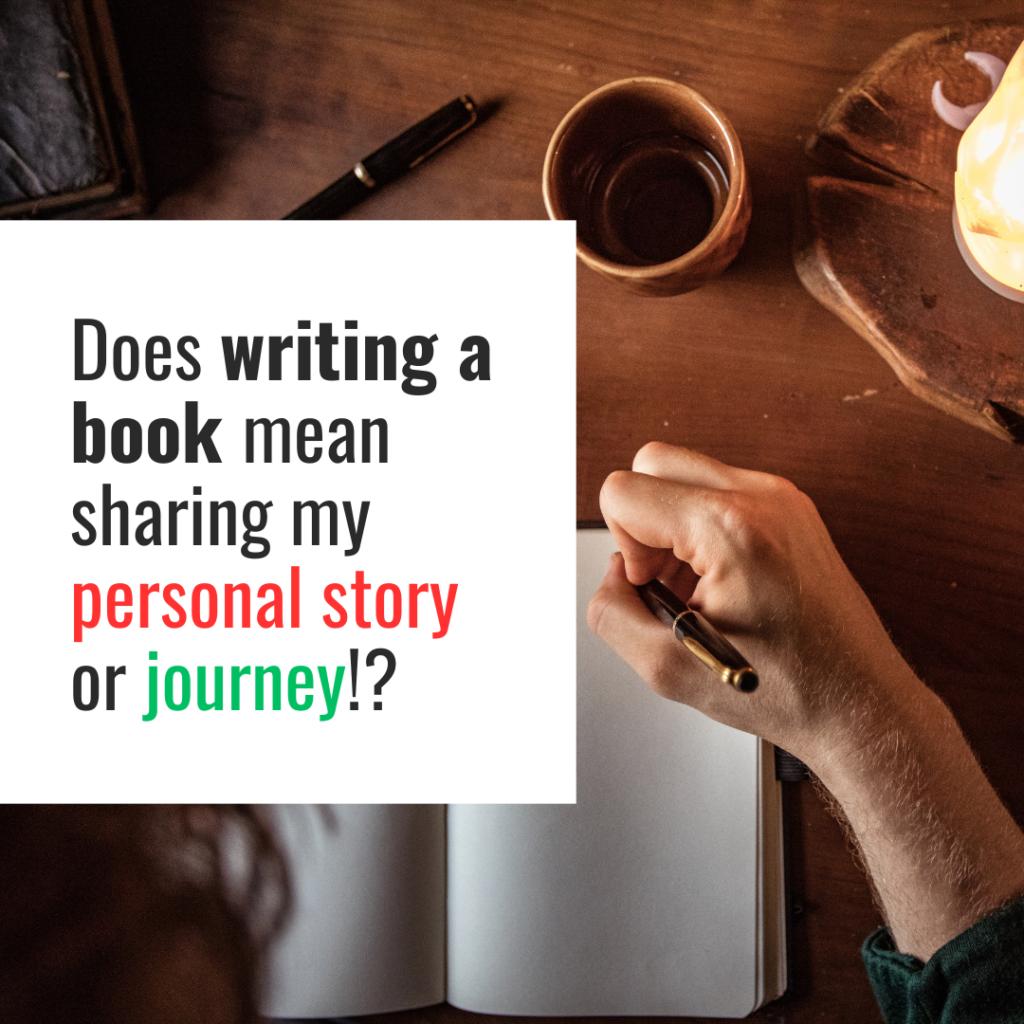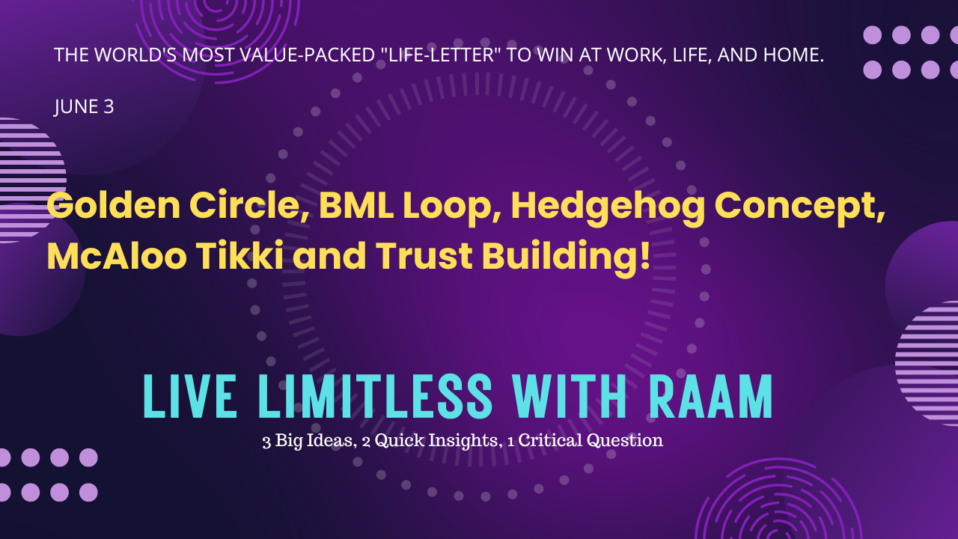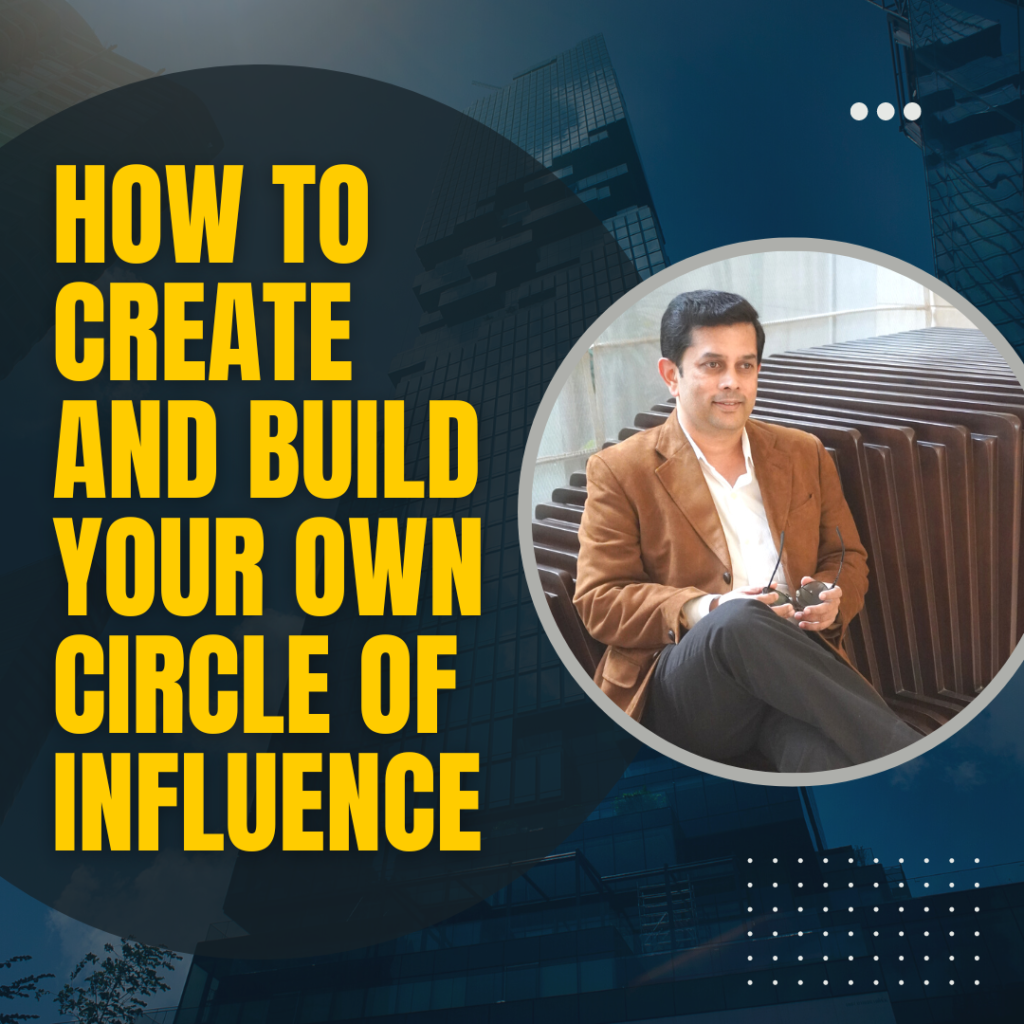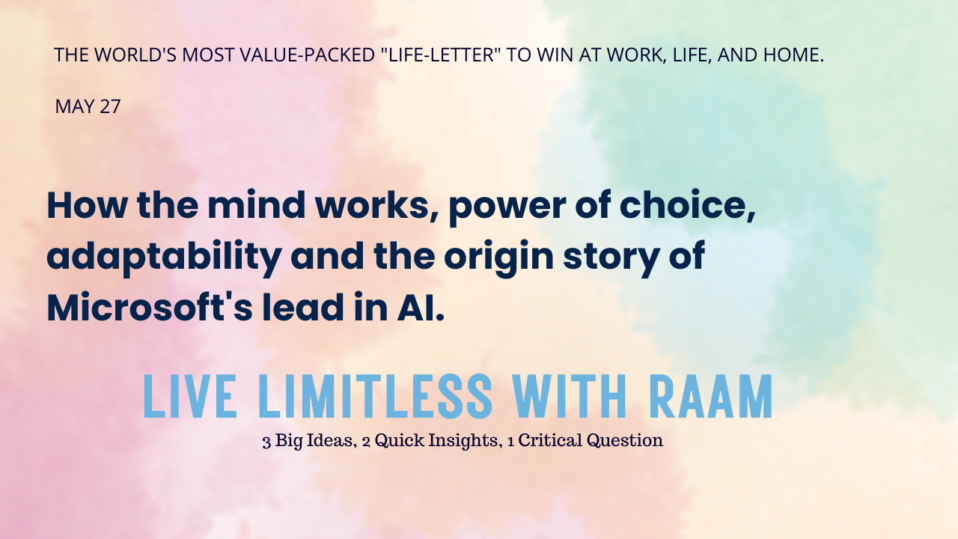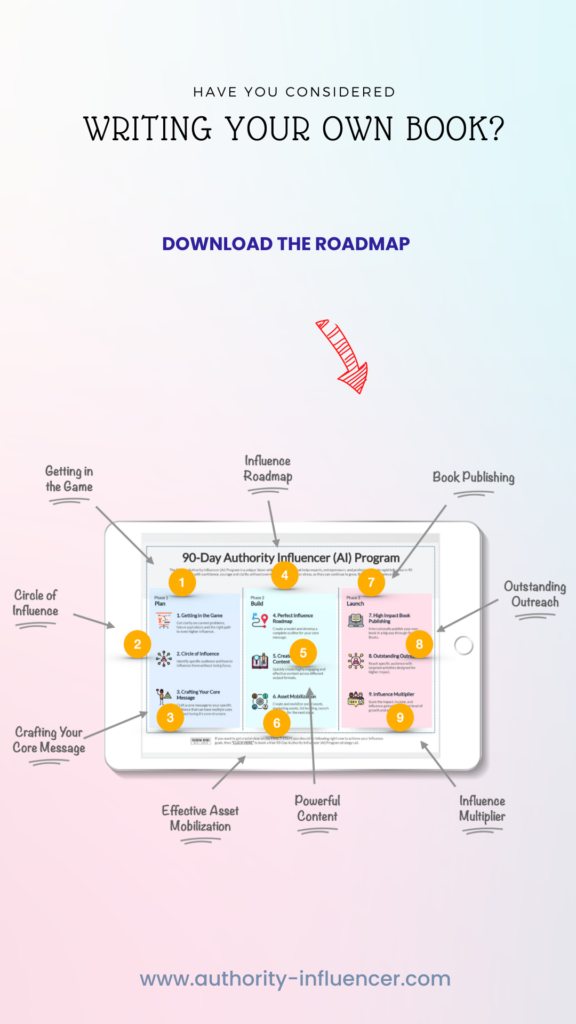Summary
Best Business Book to read – Blue Ocean Strategy
Blue Ocean Strategy by W. Chan Kim and Renée Mauborgne is a comprehensive book on breaking away from the competition and creating new uncontested market space.
Blue Ocean Strategy is the best business book to read for entrepreneurs.
It provides an in-depth overview of the concept of the “blue ocean” and introduces the analytical tools and frameworks needed to implement the strategy.
It shows the reader how to find new markets across industries and how to expand their customer base.
Furthermore, it discusses the organizational hurdles to implementation and provides strategies and tactics to overcome them.
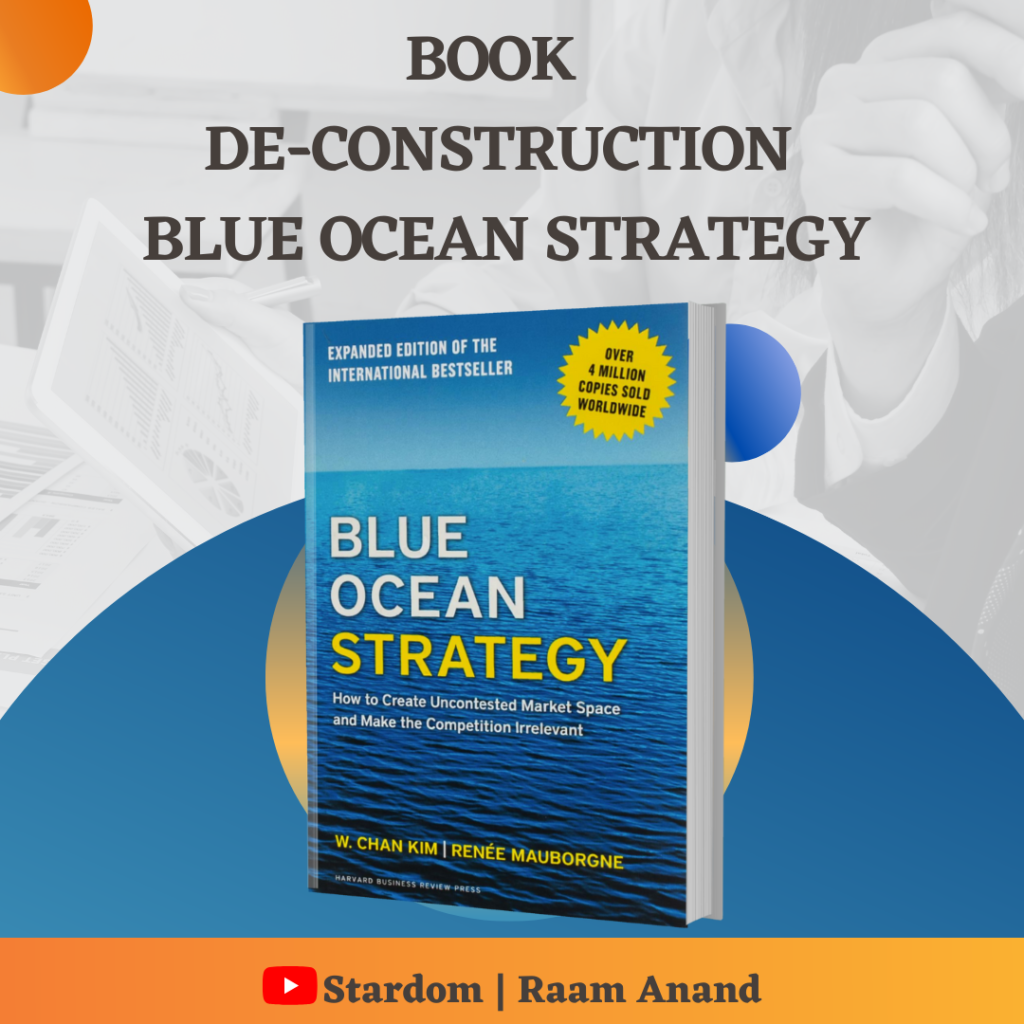
Transcript
Best business books of all time – Blue Ocean Strategy
Blue Ocean Strategy: How to Create Uncontested Market Space and Make the Competition Irrelevant” by W. Chan Kim and Renée Mauborgne is a ground-breaking book that challenges everything you thought you knew about strategic success and provides a systematic approach to making the competition irrelevant.
The authors argue that successful businesses can succeed not by battling competitors but by creating “blue oceans” of untapped new market spaces ripe for growth.
Let’s look at the Structure and Outline:
The book starts with the Introduction, which sets the stage and explains the concept of the “blue ocean” as a new, uncontested market space.
Part One: Blue Ocean Strategy
Presents key concepts and tools of the blue ocean strategy. This part is divided into chapters exploring different aspects of the blue ocean strategy.
A. Creating Blue Oceans
Introduces creating new market spaces, not fighting in crowded marketplaces.
B. Analytical Tools and Frameworks
Discusses the strategy canvas, the four actions framework, and the eliminate-reduce-raise-create grid as practical tools to create a blue ocean strategy.
Part Two: Formulating Blue Ocean Strategy
Provides detailed guidance on how to implement a blue ocean strategy. This part is broken down into chapters, each discussing a step of the implementation process.
A. Reconstruct Market Boundaries
– Describes finding new market spaces across alternative industries and strategic groups.
B. Reach Beyond Existing Demand
– Discusses expanding the customer base to reach non-customers.
C. Get the Strategic Sequence Right
– Addresses the correct sequence of actions to ensure business viability.
Part Three: Executing Blue Ocean Strategy
Discusses organizational hurdles and how to overcome them.
A. Overcome Key Organizational Hurdles
– Presents tactics to manage the cognitive, resource, motivational, and political hurdles that hinder execution.
B. Build Execution into Strategy
– Emphasizes the importance of execution as a part of strategy development.
Conclusion:
It wraps up the key concepts and calls the reader to action to create their own blue oceans.
Techniques, Strategies, and Tactics Used in Blue Ocean Strategy
Real-World Examples: Kim and Mauborgne use a plethora of real-world examples from various industries to illustrate their points, helping to ground the theory in practical reality.
Clear Frameworks: The authors present clear, actionable frameworks and models, such as the strategy canvas and four actions framework, which readers can use to apply the blue ocean strategy in their own contexts.
Engaging Narratives: The authors use storytelling to make complex strategic concepts engaging and easy to understand.
Research-Based Content: The book is based on a decade-long study of 150 strategic moves spanning 30 industries over 100 years, lending credibility and substance to the author’s arguments.
In writing this book from scratch, it’s clear that the authors began with extensive research to back up their claims.
The ‘blue ocean’ idea is introduced early on, with each subsequent chapter building upon this concept and providing more detail and practical application.
This systematic, layered approach, combined with engaging writing and actionable advice, is likely how the book was conceived and written.
Book Writing Workshop – Write Your Book Now !
Have you not written a book yet?
Well, now you can because USA publisher “Stardom Books” has just launched its “Bestseller Bootcamp”
The world’s greatest book writing program for first-time aspiring authors, growth-oriented experts, and serious leaders.
This is advanced, high-level.
Bestseller Bootcamp is where the world’s top achievers create and publish their own bestsellers.
You can do it too from scratch even if you have never written before.
For More Information: www.stardompublishing.com
Follow Stardom Books For More Updates
►Facebook: https://www.facebook.com/stardomalliance
►LinkedIn: https://www.linkedin.com/company/stardom-alliance/
►Twitter: https://twitter.com/raamanand
►Instagram: https://www.instagram.com/raam.anand.stardom/
►YouTube: http://www.youtube.com/user/infoyogis?sub_confirmation=1
